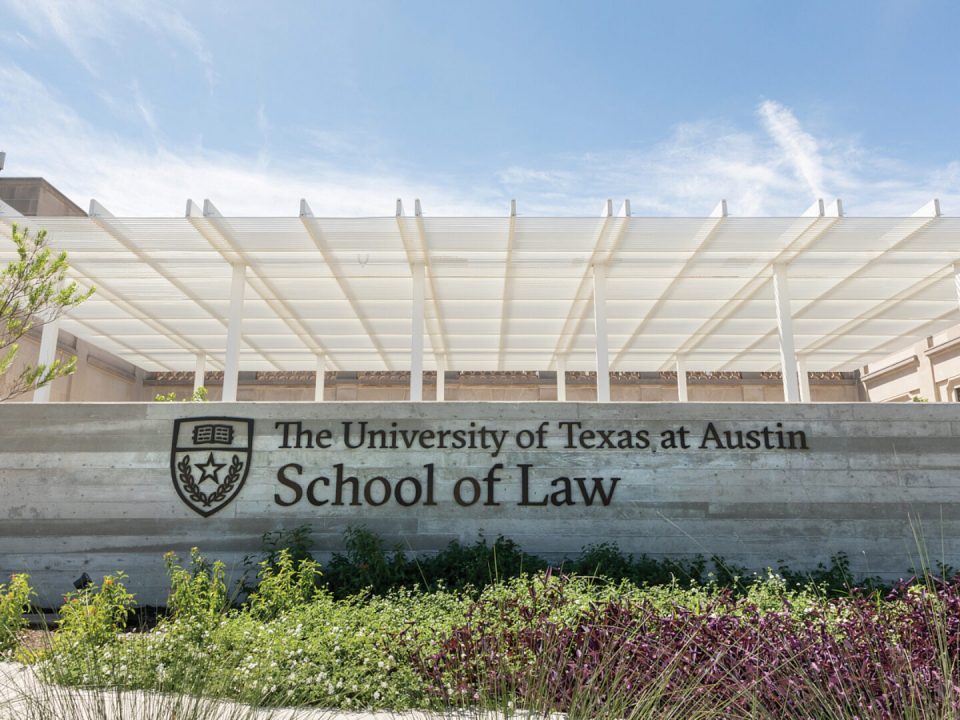By Eli Flesch, Law360
The owner of several Houston-area office buildings isn’t entitled to coverage for a $1.5 million deductible it paid in damages after Hurricane Harvey caused a river to overflow, the Fifth Circuit said Thursday, overturning an earlier ruling.
The panel of appellate judges said the “deductible buy back policy” SCD Memorial Place II LLC purchased from Landmark American Insurance Co. didn’t cover amounts the owner paid before it could receive coverage from its primary insurer. That’s because the Landmark policy didn’t cover all the perils associated with Harvey, the panel said.
“Both parties agree that the Landmark policy is unambiguous,” the panel said. “Naturally, both parties contend that the only reasonable interpretation cuts their way.”
But Landmark’s interpretation cut closer to the plain text of its policy, the panel said.
The difference in opinion between the two parties centered on what types of perils Landmark’s policy was designed to cover. SCD took the broad view. It said windstorm coverage encompassed damage from flooding, wind and storm surges, among other perils, provided those events were connected to a named storm like 2017’s Harvey.
But the court agreed with Landmark that a narrower interpretation was in order.
“Landmark’s interpretation, unlike SCD’s, makes sense of the framing phrase ‘perils covered,'” the panel said in their nine-page decision. “This framing sets up ‘windstorm’ and ‘hail’ as specific perils that may be associated with a number of weather events rather than as weather events that may encompass any number of perils.”
The panel rejected SCD’s argument that Landmark needed to specifically exclude flood-related damages from its policy if it didn’t want to cover SCD’s deductible. The panel said Landmark policy “defines carefully” its windstorm and hail coverages.
Jay W. Brown, an attorney for Landmark from Shackelford Bowen McKinley & Norton LLP, told Law360 that the suit underscored the importance of understanding exactly the difference between a specified peril policy like Landmark’s, and an “all-risk” policy.
Read the full article here.





